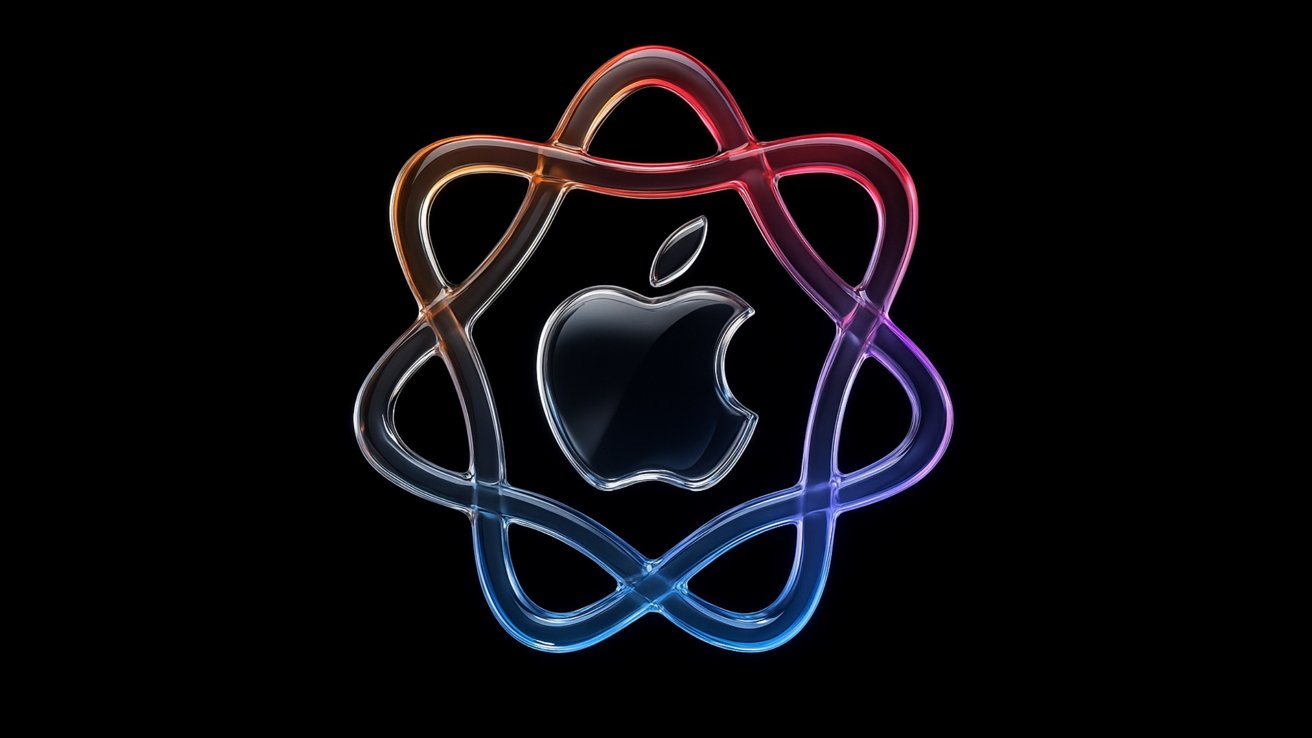The iPhone 16 product family

J.P. Morgan has lowered its Apple stock price target, warning that iPhone demand may be slowing down after a wave of early purchases and weaker interest in the upcoming models.
In a note to investors seen by AppleInsider, J.P. Morgan has lowered its price target for Apple from $240 to $230. The new price target reflects tempered expectations for revenue and earnings over the next 18 months.
The firm pointed to softer demand projections for the upcoming iPhone 17 lineup. Also noted is broader economic pressures that could weigh on consumer spending.
iPhone 17 demand expected to slow
JP Morgan now expects a lull in iPhone sales following earlier demand pull-forwards. Customers bought new devices sooner than usual to avoid expected price hikes from Trump administration tariffs.
The surge in earlier buying activity, along with limited hardware changes in the iPhone 17, is expected to result in slower adoption when the new models arrive.
Production forecasts for iPhone 17 models are tracking below 2024’s levels, with estimated builds about 9% lower than those for iPhone 16. For 2025, Apple is projected to ship roughly the same number of iPhones as in 2024, despite a weaker second half of the year.
J.P. Morgan’s updated forecast also shows reduced growth for Apple’s Services segment, which has been a key driver of margin expansion in recent years.
Tariffs and supply chain shifts
Apple’s supply chain shift from China to India reduces exposure to U.S. tariffs and protecting its margins. However, that isn’t enough to offset expected volume loss due to higher prices.
These structural changes may benefit the company long-term, but they currently contribute to the forecast moderation.
The revised price target indicates a shift in sentiment as analysts adjust expectations for Apple’s hardware growth. While the iPhone remains central to the company, incremental updates may lead to decreased consumer enthusiasm.
Future growth tied to Apple Intelligence
Looking further ahead, J.P. Morgan sees stronger momentum returning with the iPhone 18. That cycle is expected to include a foldable model and more advanced AI capabilities.
These two updates could drive renewed interest and support a faster pace of revenue growth in fiscal 2027. Meanwhile, the firm’s 2025 earnings forecast remains largely unchanged.
There is a slight boost in near-term iPhone revenue expectations and a trim in Services and gross margin estimates. Forecasts for fiscal 2026 and 2027 reflect weaker unit growth, potential price elasticity from future increases, and tariff-related cost pressures.
Investors are strangely focused on AI innovation, despite low accuracy and user uptake. Apple is more cautious about AI roll-outs and feature expansions than competitors.

The upgraded Siri probably won’t arrive until 2026
Apple’s long-term strategy appears increasingly focused on 2026 as a turning point for platform-level innovation. The full Siri overhaul built on on-device language models is not expected until early 2026, likely with iOS 26.4.
That upgrade is set to bring deeper contextual awareness and more advanced interactions, marking a major shift in Apple’s approach to AI.
A foldable iPhone is also rumored for that timeframe. Some reports claim production could begin in the second half of 2025 with a possible launch in late 2026. Others anticipate a delay into 2027.
Until then, Apple relies on its Services revenue and margin control to maintain investor confidence. While its fundamentals remain strong, J.P. Morgan’s revision suggests near-term growth may be constrained unless Apple delivers a more compelling hardware refresh.
<
